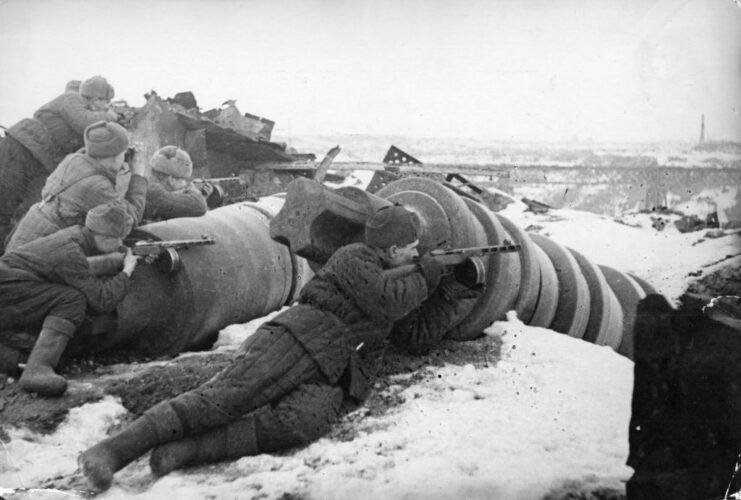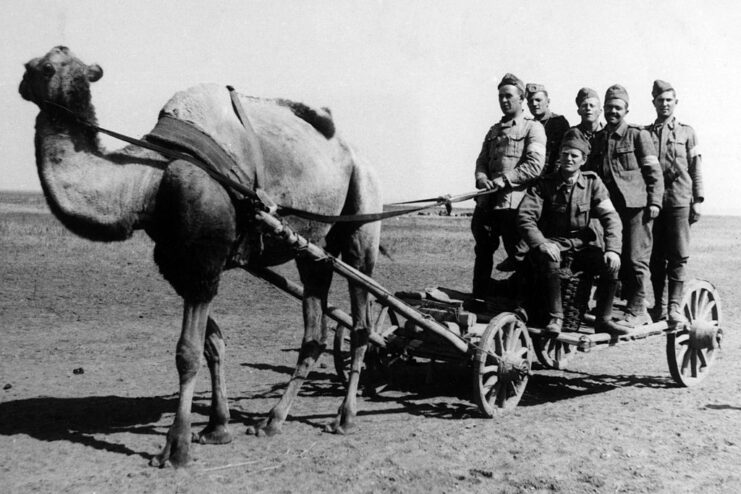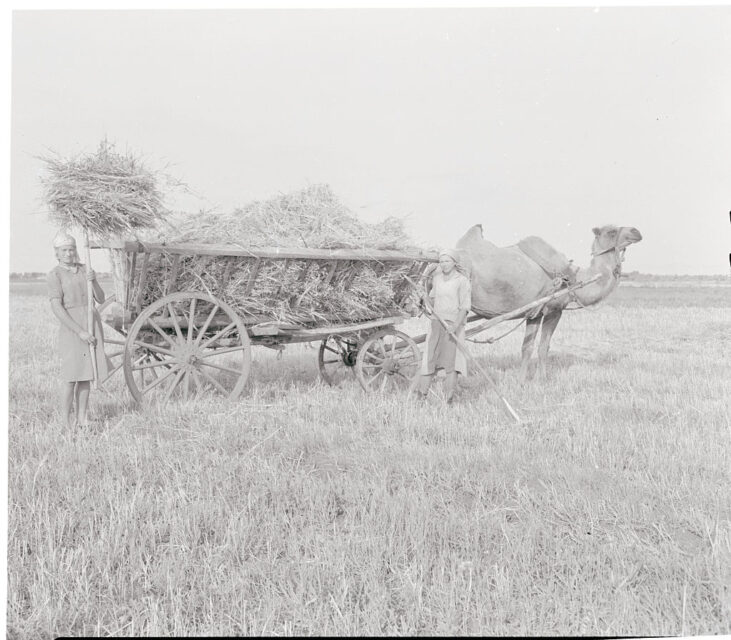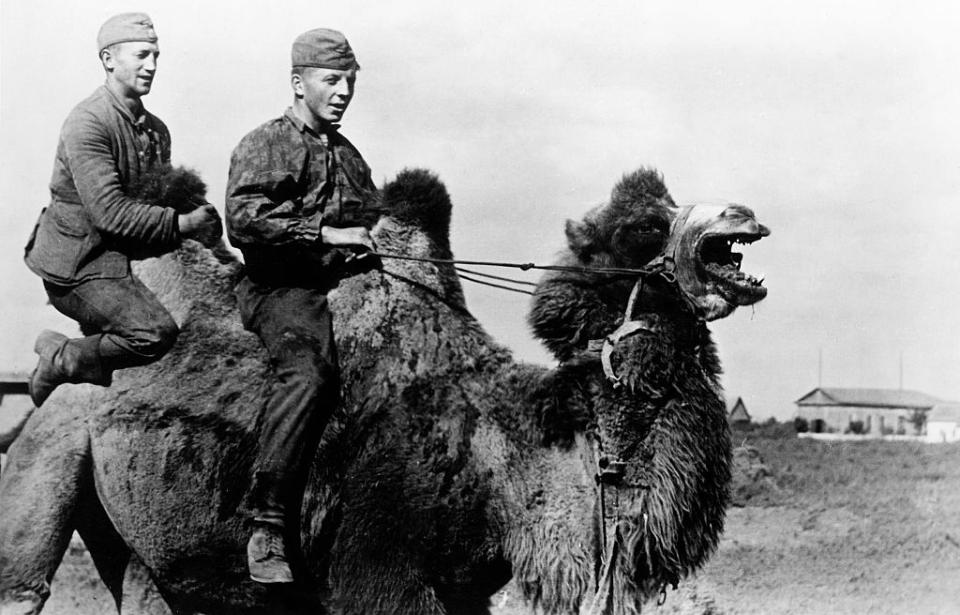The Second World War saw numerous technological advancements intended to provide distinct advantages over the enemy. Among these were, of course, tanks, which were used heavily in assaults and for moving soldiers and supplies. However, the Battle of Stalingrad saw the Red Army fall back on a much more primitive method of transportation: camels.
Battle of Stalingrad

In June 1941, Germany decided to launch its invasion of the Soviet Union, only to experience extreme resistance. The heaviest opposition from the Red Army came during the Battle of Stalingrad the following year. In one of the most intense cases of urban fighting throughout the conflict, Soviet forces met the invading Germans, counter-attacking and preventing them from moving further into the country.
The battle raged until February 1943, when the Germans finally surrendered – although, not without heavy losses on both sides. It was no easy feat to achieve this surrender, and the Red Army turned to every resource they had at their disposal, including camels they’d started using elsewhere.
Red Army’s use of camels during World War II

It’s unclear exactly when the Red Army added camels to their ranks, but the animals were captured from Central Asia for moving supplies and artillery. It appears they were first implemented by soldiers fighting around the Kalmyk Steppe, as the animals were better able to navigate the difficult terrain than military vehicles and could carry more than a horse. It also meant transportation methods that were in short supply could be diverted elsewhere.
Supposedly, there were 350 camels used in the Soviet war effort, and they quickly earned the respect of soldiers. According to one, “we were filled with respect for these unpretentious animals,” as they could travel for days without any water while hauling heavy supplies over treacherous terrain.
Many of the camels belonged to the 120th Guards Rifle Division and served at the Battle of Stalingrad.
Kuznechik

One of the Red Army’s camels, Kuznechik, became extremely famous – he was even awarded the Stalingrad Defence Medal for protecting the Barrikady factory, as well as three wound stripes. This wasn’t the only theater of the war in which he served, as Kuznechik traveled with his unit from Stalingrad, all the way to Berlin.
Obviously, using such large animals could prove difficult, but, according to the men who served alongside him, Kuznechik would hide in bomb craters and shell holes when under fire. What happened to him is up for debate, with some sources claiming he was killed during a German air raid near the Baltic Sea in 1945.
More from us: Operation Long Jump: The Alleged German Plan to Assassinate the ‘Big Three’
As for the remaining Red Army camels, many were killed in action (KIA), while others were left in the care of zoos as the troops marched across Europe.
